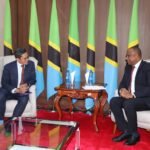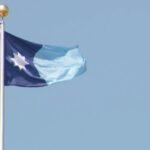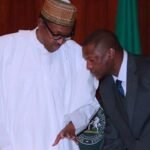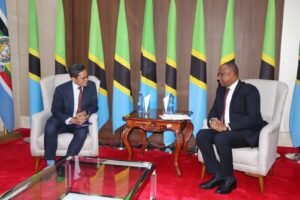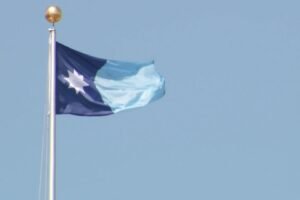Ghana is situated on the Atlantic Ocean and borders Togo, Cote d’Ivoire, and Burkina Faso. Its population is about 32.8 million (in 2021). In the past two decades, it has taken major strides towards democracy under a multi-party system.
However, there are two dominant political parties: the National Democratic Congress and the New Patriotic Party.
On climatic condition, Ghana is tropical and there are two main seasons: the wet and the dry seasons. North Ghana experiences its rainy season from April to mid-October while South Ghana experiences its rainy season from March to mid-November. This also has implication on the tree planting and care initiative. At the time the tree planting and care project took off in the upper west region, which is in the northern belt of the country, the rains had gone halfway. This affected the plants as most seedlings could not establish their roots on the grounds before the last rains, which resulted in communities watering the plants during the dry season.
World bank reported that GDP growth was estimated to have slowed to 3.2 per cent in 2022, down from 5.4 per cent in 2021. The slowdown affected mostly the non-extractive sectors, as the recovery in gold exports supported extractives growth. The agriculture and services sectors experienced slower growth in 2022 than the year before. High inflation and interest rates depressed private consumption and investment. Government demand was weakened by lack of access to capital markets and high debt service obligations. This affected internal fund mobilization to support the plan. According to the World bank, growth is expected to slow further to 1.6 per cent in 2023 and remain muted in 2024, before returning to its potential. This paints a bare picture in internal fund raising with partners and local companies in the ensuing years to support the plan.
Source : Realife Web


